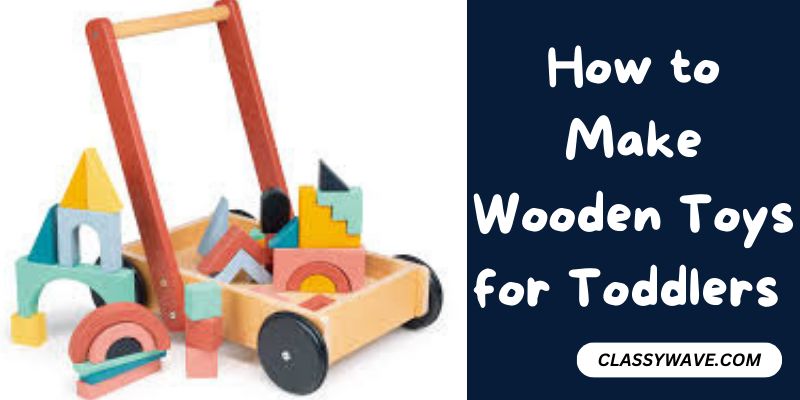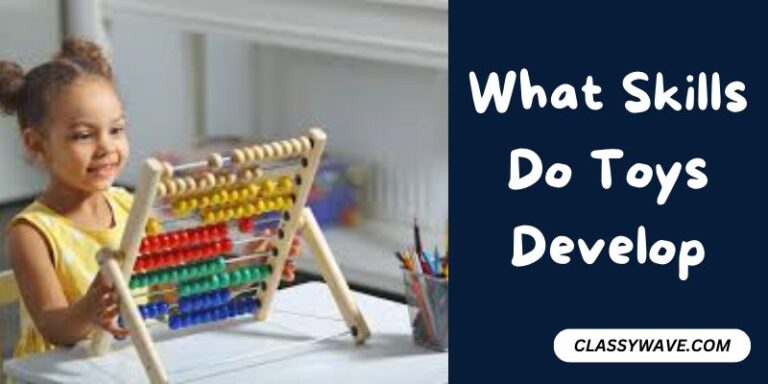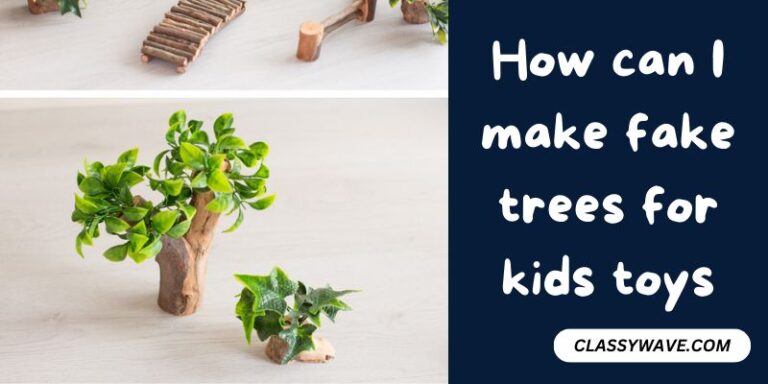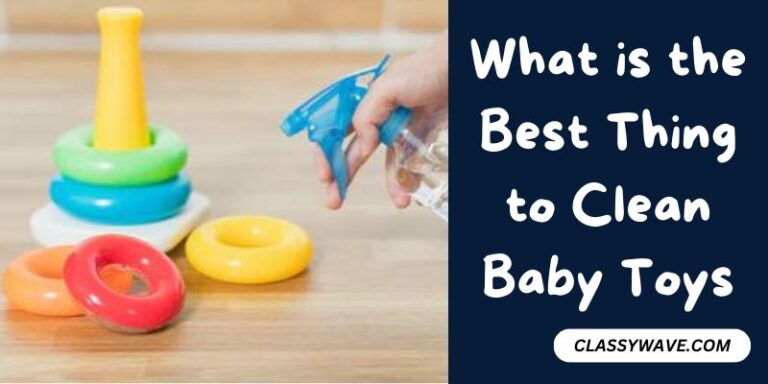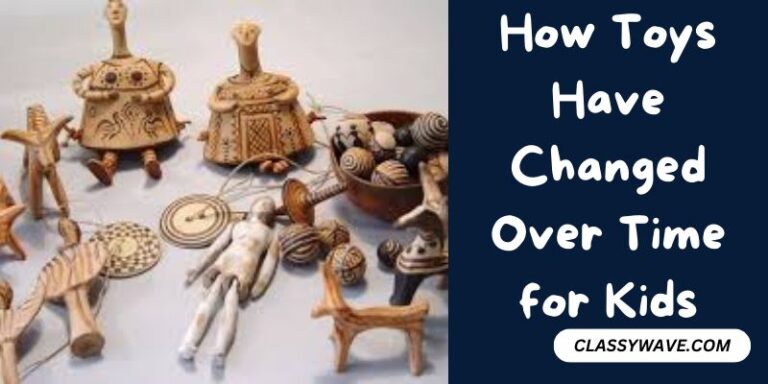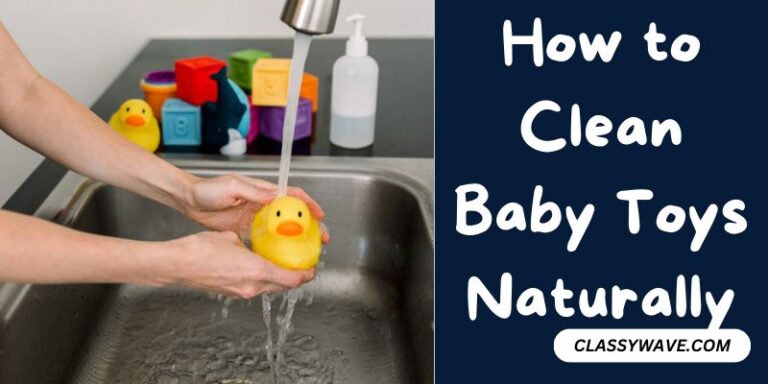How to Make Wooden Toys for Toddlers – Crafting Joy
Wooden toys have stood the test of time, providing toddlers with not only entertainment but also a range of developmental benefits. In this guide, we’ll explore the art of crafting wooden toys for toddlers, from selecting the right wood to painting and decorating the final product.
In a world dominated by plastic toys, wooden alternatives offer a timeless appeal. Beyond their aesthetic charm, these toys contribute to a child’s sensory development and foster creativity.
Crafting wooden toys at home not only allows for personalization but also ensures the use of safe, non-toxic materials. Additionally, it’s a rewarding and eco-friendly alternative to store-bought options.
Choosing the Right Wood
Types of Wood Suitable for Making Toys
Selecting the right wood is crucial for both safety and durability. Hardwoods like maple and birch are popular choices due to their sturdiness and resistance to splintering.
Considerations for Safety and Sustainability
Prioritize sustainably sourced wood, and avoid treated or toxic varieties. Smooth, splinter-free surfaces are essential to prevent injuries.
Tools and Materials
Essential Tools for Woodworking
Basic tools such as saws, sandpaper, and drills are necessary for crafting wooden toys. Invest in quality tools for precise and safe woodworking.
Required Materials for Crafting Wooden Toys
Besides wood, gather materials like child-safe paint, non-toxic glue, and varnish for a polished finish.
Designing Simple and Safe Toys
Importance of Simplicity in Toy Design
Complex designs may pose safety risks. Opt for simple shapes and structures that encourage imaginative play.
Safety Guidelines for Toddler Toys
Avoid small parts that can be choking hazards and ensure all edges are rounded to prevent injuries.
Step-by-Step Woodworking Process
Cutting and Shaping the Wood
Start by measuring and cutting wood pieces according to your chosen design. Use appropriate safety gear during this process.
Assembling the Different Components
Follow a systematic approach to assemble the parts securely. Use child-safe glue or screws to ensure stability.
Sanding and Finishing Touches
Smooth all surfaces with fine-grit sandpaper to eliminate rough edges. Apply a child-safe finish for a polished look.
Painting and Decorating
Choosing Non-Toxic Paints
Select paints labeled safe for children. Embrace vibrant colors to capture a toddler’s attention.
Creative Ways to Decorate Wooden Toys
Explore stencils, decals, or even natural finishes like beeswax to add visual appeal without compromising safety.
Testing and Quality Assurance
Ensuring Safety Standards
Thoroughly test each toy for sturdiness and safety. Pay attention to small details that could pose risks.
Checking for Potential Hazards
Regularly inspect toys for wear and tear. Replace or repair any damaged parts promptly.
Storage and Maintenance
Proper Storage of Wooden Toys
Store toys in a dry, cool place to prevent damage. Consider creating dedicated storage solutions for easy organization.
Maintenance Tips for Longevity
Provide gentle care to wooden toys by cleaning them with a damp cloth. Avoid prolonged exposure to direct sunlight or moisture.
Benefits of Handmade Wooden Toys
Educational Advantages
Wooden toys stimulate cognitive development, fostering problem-solving skills and spatial awareness.
Environmental Sustainability
Crafting toys at home reduces reliance on mass-produced plastic toys, contributing to a more sustainable lifestyle.
Personal Experiences and Tips
Stories of Individuals Who Have Crafted Toys
Explore inspiring stories of people who found joy in crafting toys for toddlers, showcasing the personal and emotional rewards.
Tips for First-Time Toy Makers
Practical advice for beginners, including choosing simple designs, learning from mistakes, and enjoying the creative process.
DIY Wooden Toy Ideas
Simple Projects for Beginners
Start with easy projects like blocks or puzzles to build confidence and skills.
Advanced Projects for Experienced Woodworkers
For those with more experience, explore intricate designs like miniature dollhouses or interactive playsets.
Connecting with the Community
Joining Online Forums and Communities
Engage with like-minded individuals on woodworking forums. Share experiences, seek advice, and gain inspiration.
Sharing Experiences and Gaining Inspiration
Connect with fellow toy makers, exchange ideas, and showcase your creations to inspire others in the community.
Commercial vs. Homemade Toys
Pros and Cons of Commercially Available Toys
Compare the advantages and disadvantages of store-bought toys, emphasizing the importance of personalization and safety.
Advantages of Crafting Toys at Home
Highlight the unique benefits of crafting toys at home, including customization, safety assurance, and the joy of hands-on creation.
Safety Guidelines for Toddlers
General Safety Measures
Reiterate the importance of supervision, age-appropriate toys, and regular safety checks.
Supervision and Age-Appropriate Toys
Emphasize the role of parents and caregivers in ensuring a safe play environment for toddlers.
Conclusion
Summarize the advantages of crafting wooden toys, including personalization, safety, and environmental consciousness. Inspire readers to embark on the journey of creating handmade toys, emphasizing the joy and satisfaction it brings.
FAQs
Can I use any type of wood for making toddler toys?
Choose hardwoods like maple or birch for their durability and safety.
How can I ensure the safety of the toys I make?
Follow safety guidelines, avoid small parts, and conduct thorough testing.
What tools are essential for woodworking beginners?
Basic tools include a saw, sandpaper, and a drill.
Is it necessary to paint wooden toys?
While not necessary, using non-toxic paint can enhance the visual appeal.
Are homemade wooden toys more sustainable than commercial options?
Crafting toys at home allows for the use of sustainable materials, contributing to environmental conservation.

